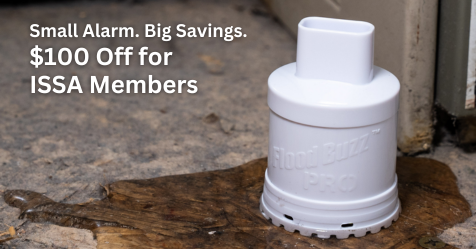Infection Control Protocols Eliminate Germs from Athletic Training Rooms
Hand sanitizer and disinfectant spray key in protecting young athletes from illness
Keeping athletic training rooms on school campuses clean and hygienic can be a challenge for facility managers and professional cleaners. A new study published in Sports Health, a publication of the American Orthopedic Society for Sports Medicine, found that making hand sanitizer and surface disinfectant spray accessible in training rooms so occupants use it regularly can significantly reduce the amount of bacteria in these rooms.
The sanitation of athletic training rooms has long been a concern as national studies in high school facilities have found over 40% of surfaces in these areas may be contaminated with Methicillin-resistant Staphylococcus aureus (MRSA). As student athletes are in close contact in these contaminated rooms, they are exposed to a variety of germs that can cause infection.
In partnership with GOJO Industries, researchers from University Hospitals Sports Medicine piloted an infection control program at two high schools and two colleges in Northeast Ohio to determine if disinfectant protocols combining the availability of disinfectants with education could reduce the amount of infections. They placed hand sanitizer and surface disinfectant spray in strategic locations around the training rooms. Then they instructed students and coaches when and how to use the products.
Researchers swabbed multiple surfaces in the training rooms at the beginning of the study and then three more times throughout the investigation. They found that simply having the products available for the room occupants resulted in a more than 60% reduction of all types of bacteria. Combining this availability with education and protocols on the use of the products resulted in a 95% reduction of all types of bacteria. Antibiotic-resistant bacteria, specifically MRSA and Vancomycin-resistant enterococcus (VRE), which were found on 24% of surfaces in the training room at the beginning of the study, were eliminated by the end. Additionally, influenza germs, which were detected on 25% of the analyzed surfaces, such as door handles, water bottle lids, and water cooler nozzles, also were eliminated on surfaces swabbed after researchers implemented the infection control program.


